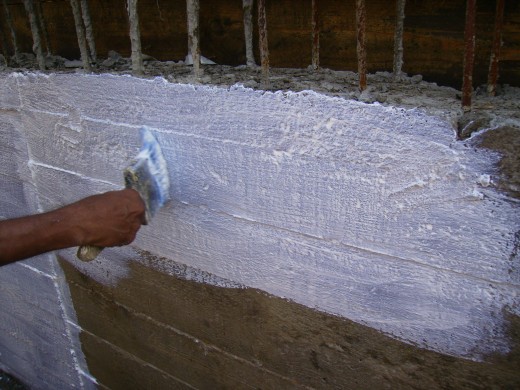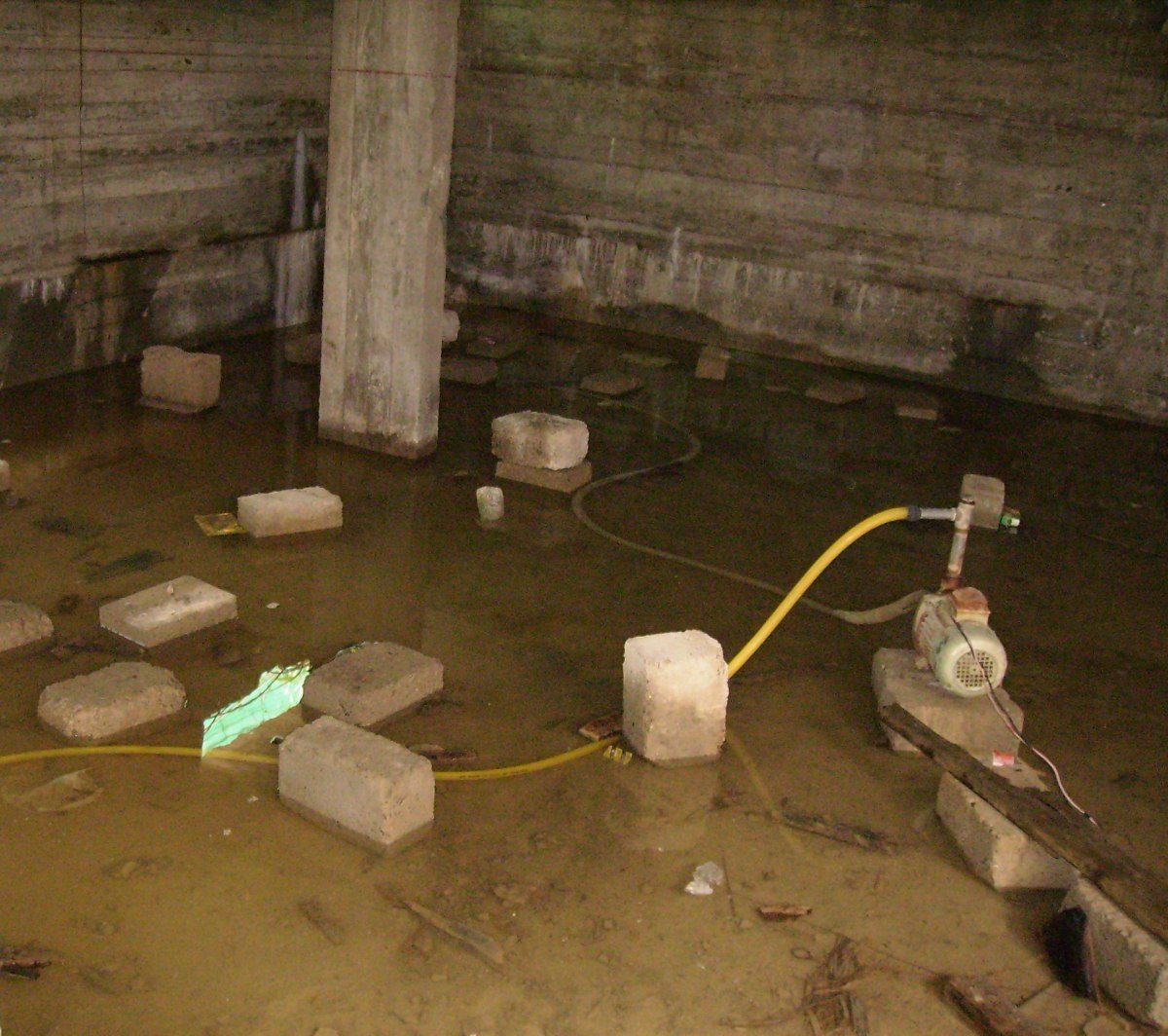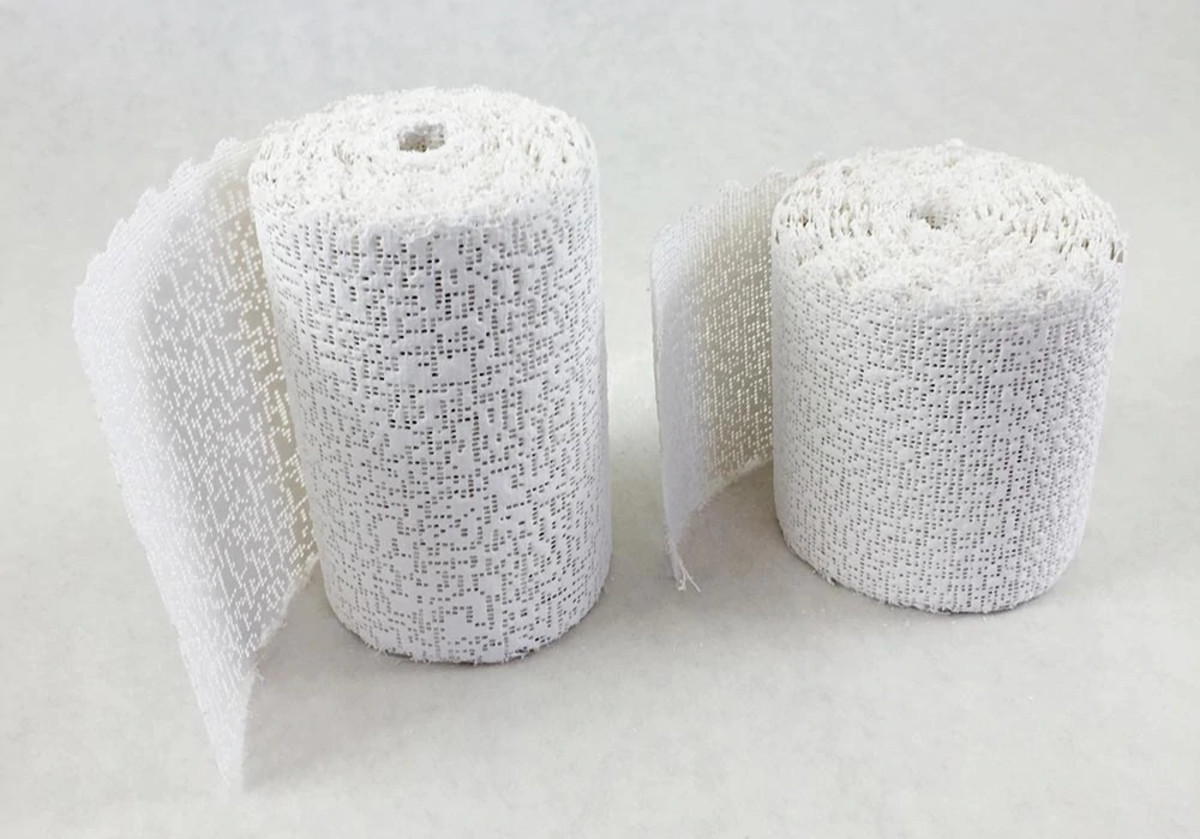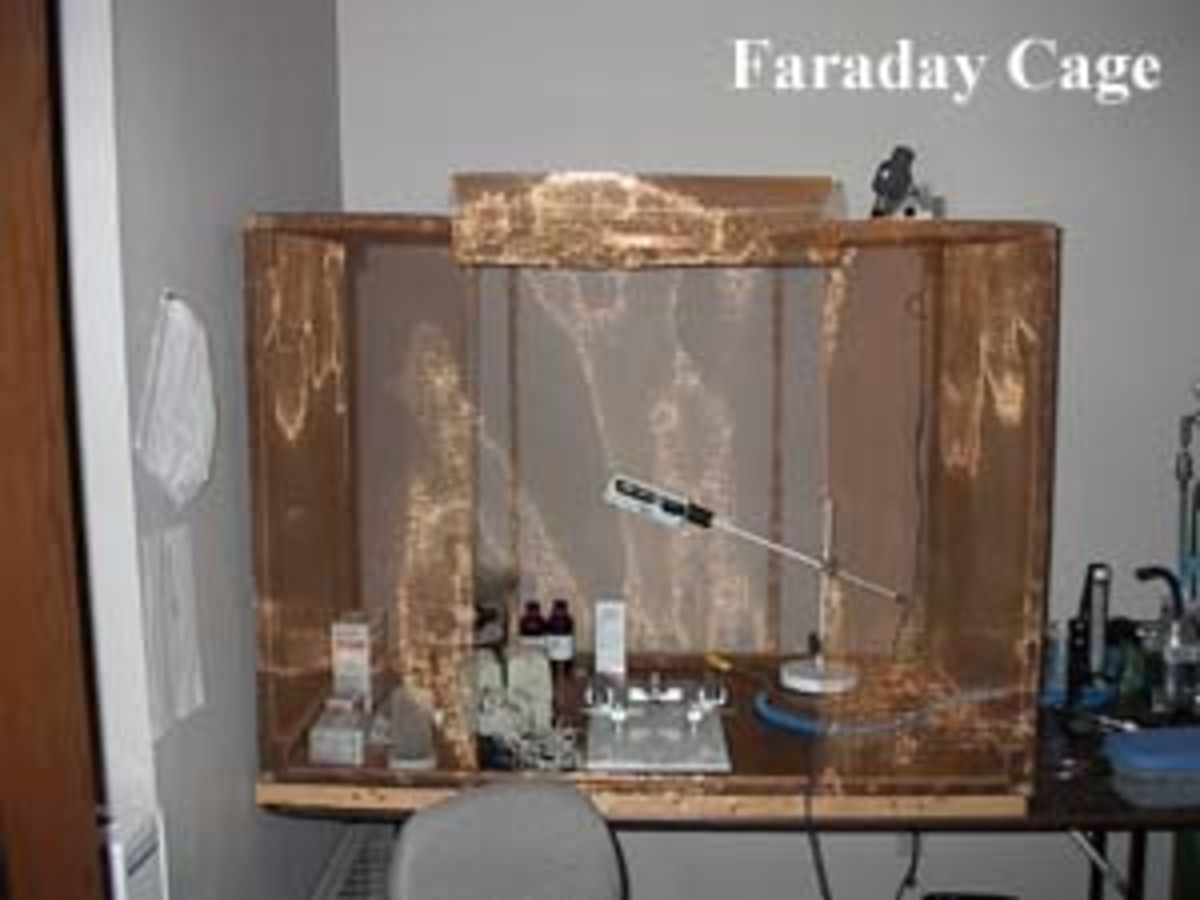Membrane Coating or Plaster on Exterior of Basements-A Comparison

Sometimes; we just keep on following the 'industrial standards' developed decades ago without even bothering to 'devise' new and better ways, using the available technology and materials. This is the case with plastering the exterior of basements, which was useful before the invention of latex based coating, but not anymore. After all; the purpose is to give a fool proof barrier against water infiltration.
Drawbacks of Plastering and then applying membrane coating:
Usually the exterior of basement is plastered and then membrane coating (latex or bitumen) is applied to provide a waterproofing barrier. But it is not realized that by doing so, we leave a huge flaw in the waterproofing. That is because, we don’t realize that any void left in membrane coating will infect allow the water to enter the plaster. When that happens, its only a matter of time before the whole plaster surrounding the basement will be soaked with water and if there is any void in concrete, will allow the water infiltration in the basement. People with the knowledge of physics know that; this water in plaster, inserts the same ‘pressure’ as would have been inserted in the absence of plaster. Apparently; we feel that we have given double protection, but as a matter of fact, we even fail to provide a single fool proof waterproof barrier.
Advantages of Membrane coating directly on Concrete:
In this procedure, we not only save the cost of plastering but create a fool proof barrier such that even if a void is left anywhere, water will not effect the entire surface of the concrete container. By the way, after two coats of membrane coating, there is hardly any chance that any point will be left out uncovered by the membrane coating, because the latex coating creates a foam/lather when applied with brush, which helps in completely covering the surface. The advantage of latex based membrane coating applied directly to the concrete, is that it will not allow the water to touch the entire surface of concrete retaining wall, like in case of plaster. Even if a void is left, the water will touch the concrete on that point alone and not travel, as in case of plaster. Since this coating is resistant to bio degradation, sulphate or other chemicals found in soil, it will is a lifelong protection.
Criticism on avoiding plaster:
The major criticism on replacing the plaster with membrane coating is that the plaster would have given additional strength to the basement/structure. Now that is a total misconception and a myth as in case of block masonry, it sure adds to the strength, but in case of concrete which is far stronger than the plaster, it only acts as a load or burden.
Procedure:
First of all sprinkle water on the concrete surface to increase absorption of the water soluble latex coating. Then on the wet concrete surface, apply first coat and leave for a day. Very little water can needs to be added, just to facilitate a smooth movement of the brush. On second day; second coat should be applied. The second coat is applied without the need to wet the surface or adding water for dilution. Leave it to dry for two days before starting the back filling. After two days of drying, the soil around the basement can be filled back.






